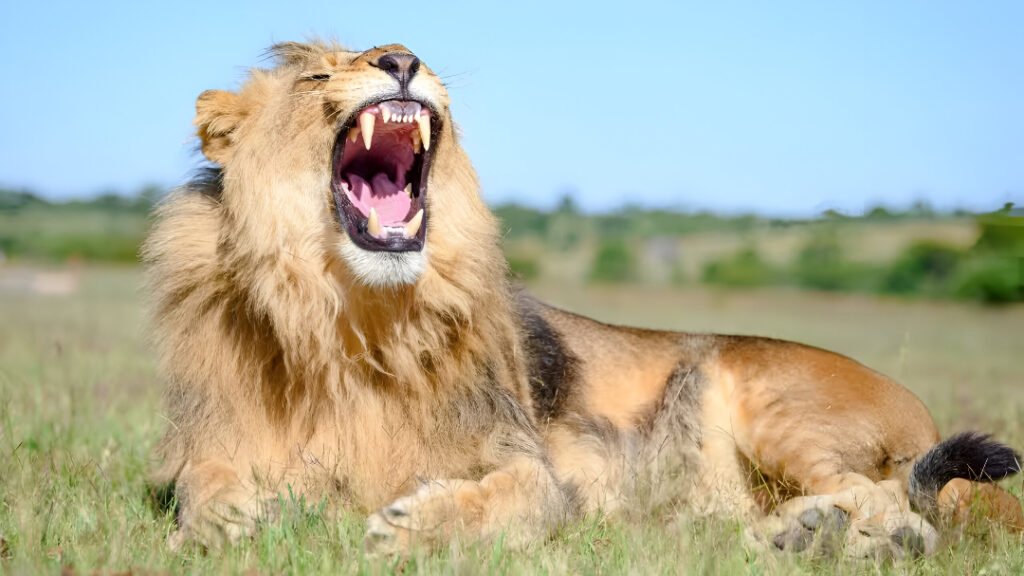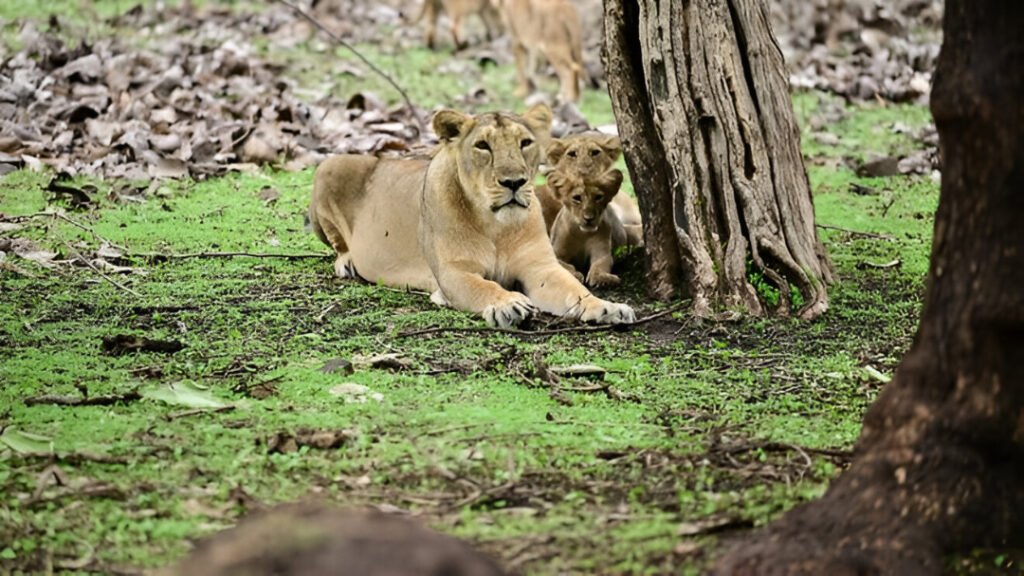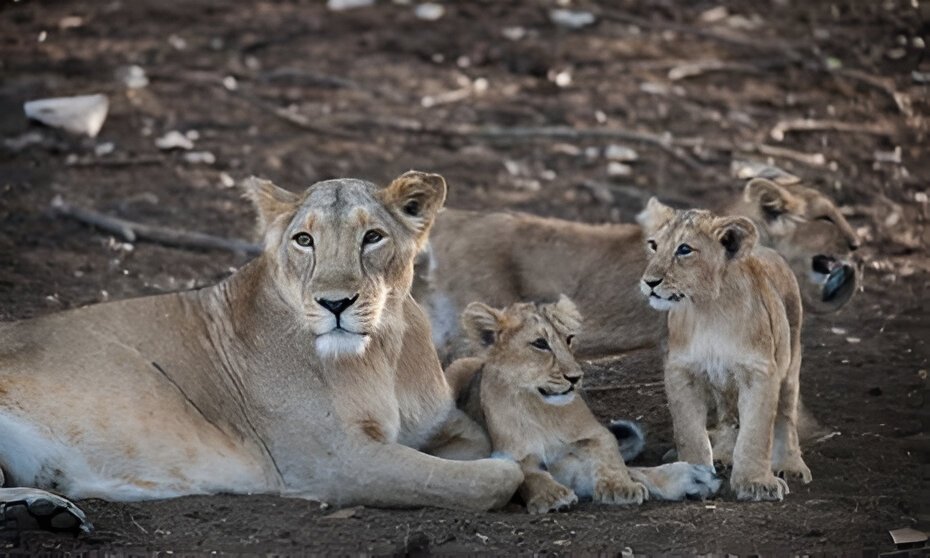
Introduction: A Conservation Achievement
The recovery of the Asiatic lion population has been remarkable in Gujarat. As per the 16th Census of Asiatic Lions, which was conducted in May 2025, the population grew from 674 in 2020 to 891 in 2025, which is a remarkable 32% growth in only 5 years. This is testimony to the robust conservation efforts in Gujarat, but it also brings new challenges as the lions begin to overflow beyond their strongholds.
Historic Recovery: From the Brink to a Roaring Comeback
The lion population has been increasing at an astonishing rate due to dedicated conservation efforts made over the decades. This species faced near extinction around the start of the 20th century with a population of only 19 creatures left in the Gir forests. The establishment of protected regions and decline in poaching activity has helped in controlling the lion population and has helped achieve the highest recorded population in modern history.
Expanding Range: Beyond Gir National Park
Another 2025 census highlight is the expansion of the lions’ range. The Gir National Park, along with the adjoining sanctuary, remains the core habitat of the lion population, but it is estimated that 44% now reside outside of the protected areas, which extend across 11 districts and 58% of Saurashtra. Lions have been sighted frequently along the coastline, in grasslands, and even in farming areas. This is evidence of their adaptability.

Population Distribution: Emerging New Satellite Populations
The census indicates shifting spatial distribution patterns for lions. Out of a total of 891 lions, 384 reside within the confines of protected forests and sanctuary areas, while 507 exist in non-forested areas. New satellite populations have emerged in Jetpur, Babra-Jasdan, and Barda Wildlife Sanctuary, the latter having recorded lions for the first time since 1879. Amreli district now has the highest number outside of Gir, with 257 lions.
Demographics and Growth Drivers
The healthy demographic structure recorded in the 2025 census included 196 adult males, 330 adult females (a 27 percent increase from 2020), 140 sub-adults, and 225 cubs. This is due to the implementation of the Project Lion initiative, which aims at restoring habitats, strengthening the prey base, and reducing conflicts with local communities.
Survey Methodology: Science with Community Involvement
The census was conducted as a large-scale project and combined direct beat verification and scientific sampling with CCTV footage. It was estimated that over 3,000 personnel and volunteers participated, and the total area surveyed was 35,000 sq km, making this the most comprehensive survey to date.

Sustaining the Success: Conservation Challenges
Although the population growth is positive, experts warn that these figures do not ensure the species’ security in the long term. Problems such as human-wildlife conflict, habitat fragmentation, and disease risk become far more concerning with nearly half the lions dwelling outside protected areas. Conservationists emphasize the Asiatic lion’s future will remain jeopardized without further expanding the quality of their habitats, construction of wildlife corridors, and continued community participation.
The Road Ahead and Gujarat’s Model
With the Asiatic lions, Gujarat’s success story stands as a benchmark for global wildlife conservation efforts. However, as the lions begin to retake their former ranges and adjust to novel environments, proactive management and scientific intervention will be essential. The roar of the Asiatic lion needs to be preserved to ensure that it resonates throughout the state of Gujarat for generations to come, and in order to accomplish that, there must be a controlled strategy complemented by increased population growth alongside habitat expansion, all while maintaining coexistence with humans.











